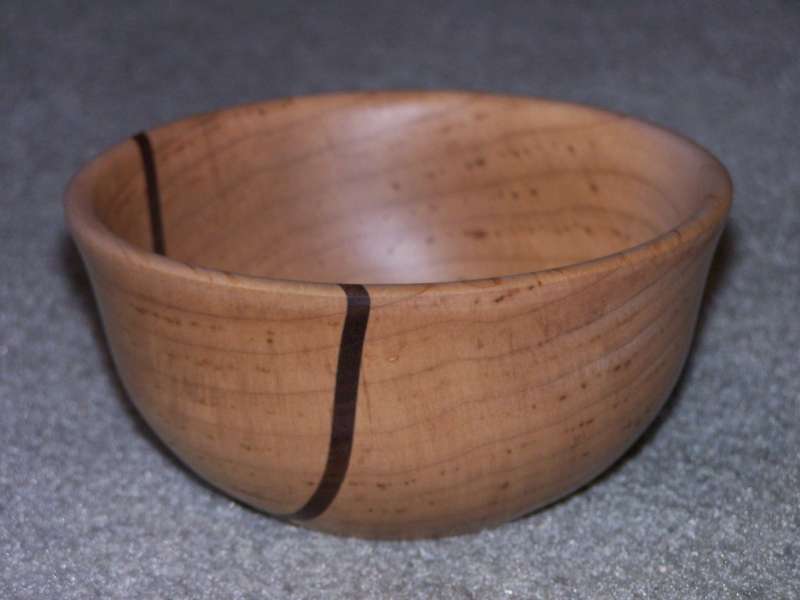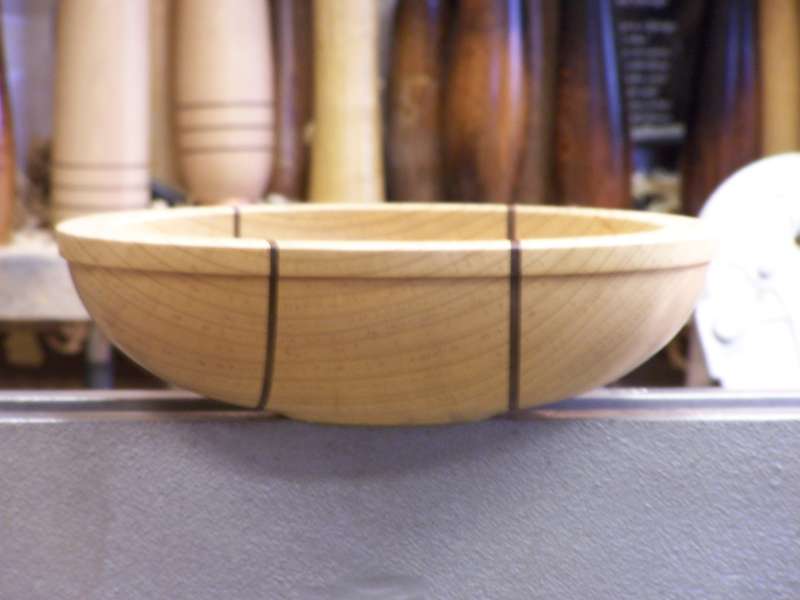duncanh
Established Member
I'm part way through turning a largish piece of yew that is very well seasoned (it's been in my shed for over 2 years and before that it had been stored in a shed for at least 8 years).
As is often the case with yew this piece has quite a few splits and cracks that I think detract from the wood and I'm wondering about treating them. I've tried brass powder and super glue successfully in the past but found the glue tricky to control. With the cracks placed as they are on the yew it would take a while to get them filled as I would have to fill one, wait for the glue to dry (I'm out of accelerator!), turn the wood and repeat (several times).
 Click for larger
Click for larger
 Click for larger
Click for larger
I've tried using copper, aluminium, brass powders on a piece of scrap yew and I think the aluminium looks best but filling them all with it may be a little overpowering.
I was wondering if anyone had any other ideas of how to treat the cracks - black powder or filler perhaps.
Maybe I should use a clear epoxy with the powder that wouldn't run out of the cracks when the piece is turned.
I wouldn't usually ask about what to do before hand, but it's a big piece of wood and I don't want to ruin it.
Duncan
As is often the case with yew this piece has quite a few splits and cracks that I think detract from the wood and I'm wondering about treating them. I've tried brass powder and super glue successfully in the past but found the glue tricky to control. With the cracks placed as they are on the yew it would take a while to get them filled as I would have to fill one, wait for the glue to dry (I'm out of accelerator!), turn the wood and repeat (several times).
 Click for larger
Click for larger Click for larger
Click for largerI've tried using copper, aluminium, brass powders on a piece of scrap yew and I think the aluminium looks best but filling them all with it may be a little overpowering.
I was wondering if anyone had any other ideas of how to treat the cracks - black powder or filler perhaps.
Maybe I should use a clear epoxy with the powder that wouldn't run out of the cracks when the piece is turned.
I wouldn't usually ask about what to do before hand, but it's a big piece of wood and I don't want to ruin it.
Duncan






